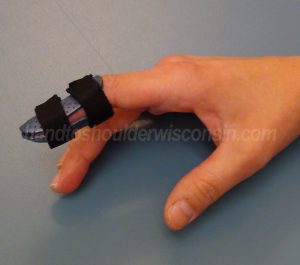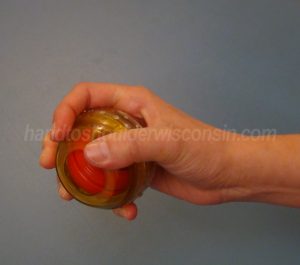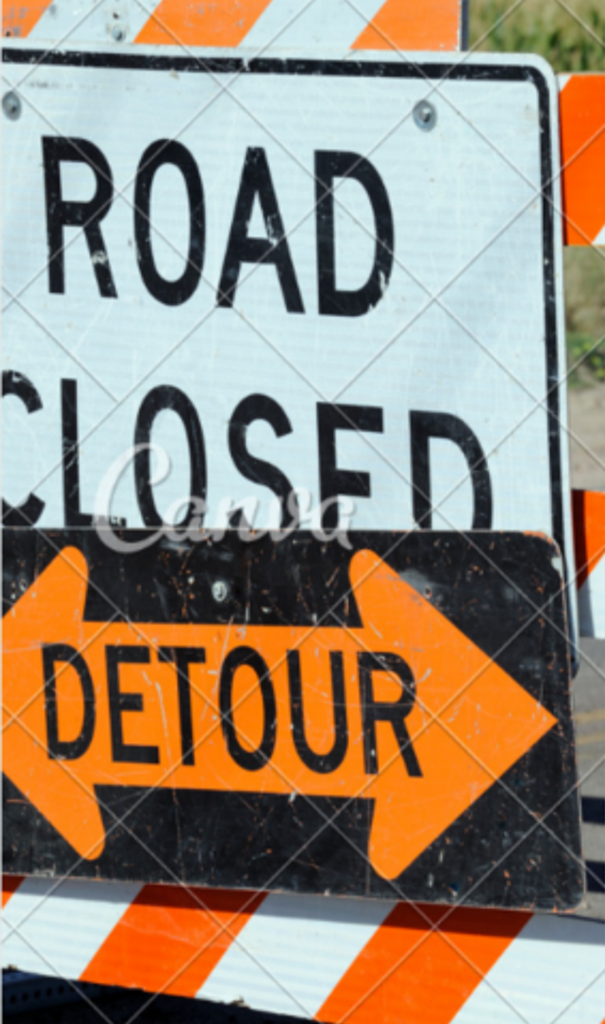
Figure 1: Scaphoid and lunate bone
The team of orthopedic doctors and therapists at Hand to Shoulder Center are here to diagnose and treat hand, finger, wrist, elbow, forearm, and shoulder ligament injuries. Contact Hand to Shoulder Center of Wisconsin in Appleton or Green Bay, WI today to learn more about how our orthopedic specialists can help you.
Ligaments are tough, fibrous tissue that connects one end of a bone to another. They add stability and support to the joint, maximizing strength and preventing excess movement. Ligaments are found throughout the body and are often injured when they are stretched, torn or ruptured caused by direct or indirect trauma. Ligament injuries are fairly common especially in the hand due to general exposure and overuse in day to day activities. Ligament injuries commonly consist of partial ligament tears often referred to as a sprain. Areas most affected by a torn ligament include the finger joints, wrist, ankle, and knee. Ligament injuries can occur at any age.
Wrist injuries involving ligaments happen when the wrist is bent backwards and ligaments and tendons are stretched. Such injuries typically occur from a fall on an outstretched hand, twisting injury or sporting activity. The most commonly injured wrist ligaments are the scapholunate, located between the scaphoid bone and the lunate bone (Fig. 1) and the TFCC (triangular fibrocartilage complex).
Symptoms of a Ligament Injury
Following a ligament injury, symptoms often include: bruising, swelling, local pain, and limited movement (stiffness) of the injured joint. In shoulder ligament injuries, individuals may report difficulty in the inability to sleep on the affected shoulder.
At Hand to Shoulder Center of Wisconsin, our orthopedic surgeons treat all upper extremity injuries, including ligament injuries affecting the finger, hand, wrist, elbow, and shoulder.
Diagnosis and Treatment

Figure 2: Mallet finger splint
In diagnosing ligament damage, our subspecialty-trained orthopedic surgeons conduct a thorough examination. Review of medical history is discussed along with conducting a physical and visual evaluation. Swelling and points of tenderness along with the stability of the affected joints are explored. Upper extremity movements and the limited use will help to confirm the level of the injury and pinpoint the ligaments involved. X-rays are typically taken to confirm no broken bones are present. Depending on the severity of the ligament pain, additional tests may be ordered to help diagnose the extent of the injury or to rule out other conditions and diseases. Such tests include a computed tomography (CT) scan or a Magnetic Resonance Imaging (MRI).
Ligament injury treatment varies depending on the severity of the torn ligament(s). In torn hand ligament cases involving finger injuries, such as a mallet finger, conservative treatment involves the use of a finger splint (Fig. 2) to keep the tip straight at all times for the finger ligament to heal.
In shoulder cases involving torn shoulder ligaments without a fracture or dislocation, the severity of the ligament damage will determine the protocol our orthopedic surgeon applies. Mild to moderate tears often may involve joint instability along with shoulder ligament pain and swelling. In more severe cases when the ligaments and/or tendons are ruptured completely, shoulder pain treatment may involve surgical repair. Whether mild or severe, physical or occupational therapy is often needed to address the pain, muscle guarding and range of motion limitations that can occur as a result of the injury.
Upper arm and shoulder ligaments can also be affected by degeneration of the muscle and tendon fibers. This typically will occur in older individuals who report no known trauma. Poor posture, repeatedly lifting heavy objects overhead, or poor physical condition may also play a part in shoulder pain causation.
Rehabilitation

Figure 3: Muscle reflex training following a wrist injury
The goal of rehabilitation is to decrease pain and inflammation while restoring full function to the affected joint. Depending on the type of management (operative or non-operative), a physical or occupational therapist will perform hands-on techniques to aid in restoring full range of motion, normal joint function along with increasing strength. Modalities such as heat or ice are often used to help control pain, facilitate motion and control swelling.
Depending on the level of injury, early rehabilitation treatment protocols often include a home exercise program to encourage range of motion and flexibility (Fig. 3). The duration of recovery time will vary depending on the severity of the condition and the patient’s willingness to conduct home exercises. Typically, in mild ligament injuries, normal activities can begin within three to six weeks. In more severe cases, recovery time may take six to eight weeks of occupational or physical therapy to optimize range of motion and strengthen the repaired tissue and joint. The duration of treatment is related to the degree of injury, healing response and any complications.
